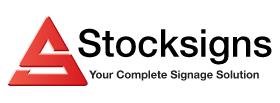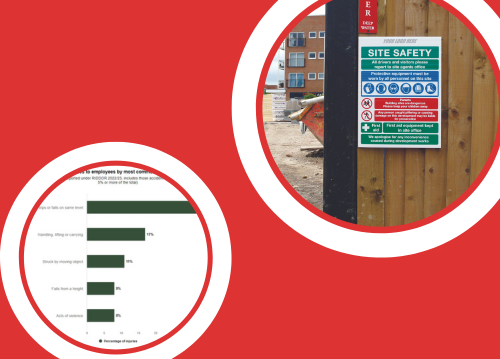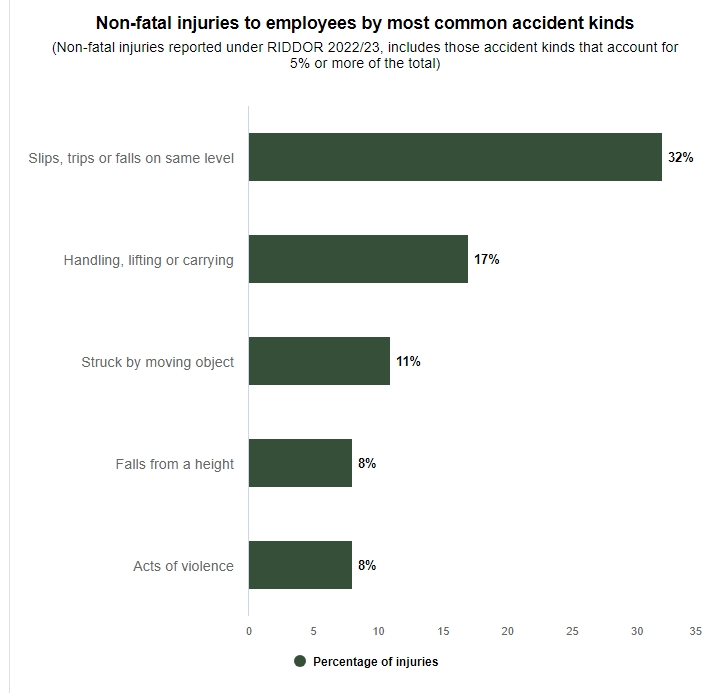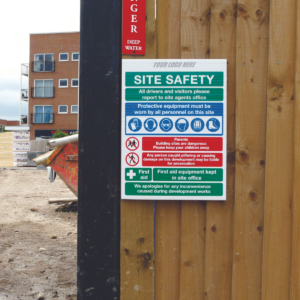Industrial Signage, such as directional signs that are used to direct us or to warn signs alerting us of potential hazards, are crucial to many different industries. It might be difficult to understand industrial signage because there are so many variations in how it is used and applied. However, it is the underappreciated hero of modern industries.
But do not be alarmed; we have pulled together a comprehensive guide aimed at professionals, business owners, and enthusiasts who want to understand industrial signage thoroughly. This guide explores the important topics related to industrial signage, including materials, installation, regulatory compliance, design principles, and emerging trends.







